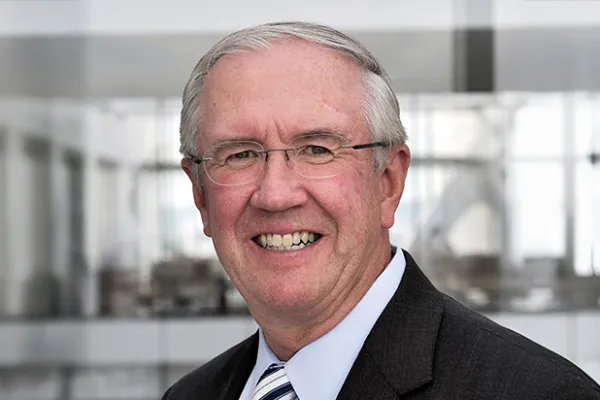Wells Fargo Advisors is introducing an online advice service on Tuesday that also will offer clients access to human advisors and the bank’s institutional research, in a bid to reach younger consumers.
With the new offering, called Intuitive Investor, Wells Fargo’s advisory arm is looking to attract younger and less affluent clients that don’t meet its account minimums and may instead use competing robo-advisers, such as Betterment, according to executives at the firm.
Wells Fargo is looking to differentiate its offering from similar services by providing unlimited access to live advisors, as well as asset allocation, manager due diligence, portfolio rebalancing, and original research from the Wells Fargo Investment Institute, which provides these services to the firm’s traditional advisory clients.
[II Deep Dive: Vanguard Bets Big on Financial Advice]
Jon Weiss, who spent 37 years in the bank’s investment banking division before taking the top job at Wealth and Investment Management four months ago, said Wells Fargo Advisors will initially target the 20 million younger customers of Wells Fargo bank that include Gen-Xers and millennials.
“We want to capture clients early and build a pipeline to our advisors as they become more affluent,” said Weiss at a New York press event for the service’s launch.
In response to a question on sales goals for the program, given the sales scandal involving unauthorized credit card and deposit accounts at parent bank Wells Fargo, Weiss emphasized that Wells Fargo Advisors has no such goals for the new service. (In 2016, regulators charged Wells Fargo with opening millions of unauthorized credit card and deposit accounts to meet sales quotas and imposed $185 million in fines; the bank’s car loan and foreign-exchange trading practices have since come under scrutiny as well.)
In addition, Wells Fargo Advisors has designed Intuitive Investor using third-party exchange-traded funds from BlackRock, Goldman Sachs Asset Management, and PowerShares. Weiss didn’t rule out using products from sister organization Wells Fargo Asset Management in the future, however.
“This isn’t a static program. But we wanted to roll out a straightforward offering at the launch,” added Eddie Queen, head of digital and automated investing for the firm.
Intuitive Investor will charge a 50-basis-point advisory fee (0.50 percent) for non-bank clients and a 40-basis-point fee for existing Wells Fargo customers that have an online relationship with the bank. The underlying ETFs, a mix of smart beta and plain-vanilla index investments, charge an average management fee of 15 basis points.
Wells Fargo’s advice service comes at a critical time for both asset managers and financial advisors. As actively managed funds have lost favor with investors in recent years, asset managers have been launching exchange-traded funds — the majority of which are index offerings — for both institutional clients and individuals. In part, these managers have been launching ETFs to meet the needs of increasingly popular robo-advisers, which primarily use ETFs as their underlying investment options.
At the same time that high-cost funds have come under fire, so too have advisors. Vanguard Group, which is almost solely responsible for the popularity of the index fund, has introduced a low-cost advice service that it hopes will challenge wealth managers to lower their costs.







